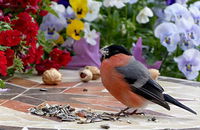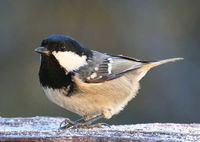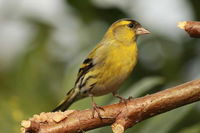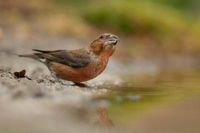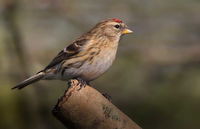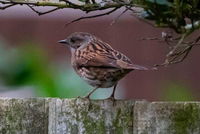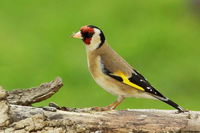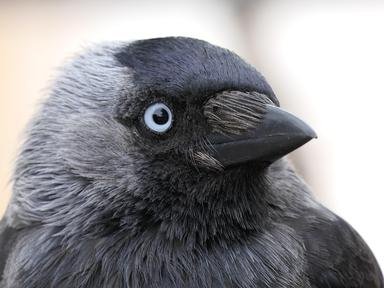
Seed Eating Birds Trivia Quiz
of the UK
To attract these birds to your garden, just put out a variety of seeds. All ten of these are seed eaters, meaning they have beaks adapted to breaking seeds apart. You need to recognise them just from a photo, though, so good luck.
by rossian.
Estimated time: 3 mins.
- Home
- »
- Quizzes
- »
- Animal Trivia
- »
- Wild Birds
- »
- Wild Birds UK
